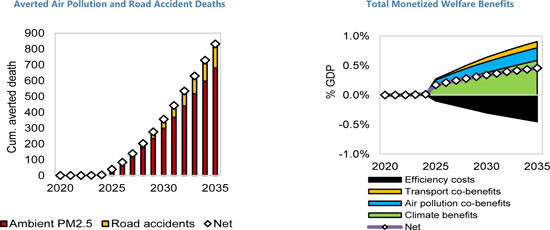In recent years, Slovakia has become a key player in the European renewable energy sector. As the world moves towards a more sustainable future, Slovakia’s government has taken significant steps to encourage investments in green energy. In 2025, the country introduced new taxation policies aimed at fostering the growth of renewable resources. This article delves into the details of these groundbreaking measures and their potential impact on Slovakia’s energy landscape.
Slovakia’s 2025 Renewable Resource Taxation Unveiled
In a landmark move, the Slovak government unveiled its comprehensive taxation policy for renewable resources in 2025. This policy marks a significant shift from previous tax structures, reflecting a strong commitment to sustainable development. The new tax regime is designed to incentivize investments in renewable energy sources such as solar, wind, and hydroelectric power, by offering tax breaks and subsidies to both local and foreign investors. These measures are expected to make Slovakia an attractive destination for green energy projects.
The taxation policy includes a reduction in corporate tax rates for companies involved in the production and distribution of renewable energy. Specifically, companies that generate more than 50% of their energy from renewable sources will benefit from a 10% reduction in their corporate tax rate. This initiative aims to lower operational costs and increase the profitability of green energy enterprises, thereby encouraging more businesses to enter the renewable energy market.
Additionally, the policy introduces tax credits for research and development (R&D) activities related to renewable energy technologies. Companies investing in R&D can claim a tax credit of up to 30% of their total R&D expenditure. This provision is intended to stimulate innovation and technological advancements in the renewable energy sector, ensuring that Slovakia remains at the forefront of green energy solutions.
New Policies Aim to Boost Green Energy Investments
The Slovak government’s new policies are not just about taxation; they also include a range of incentives designed to attract green energy investments. One of the key features is the introduction of a Green Energy Investment Fund. This fund will provide low-interest loans and grants to companies and startups focused on renewable energy projects. By lowering the financial barriers to entry, the government hopes to stimulate a surge in green energy initiatives across the country.
In an effort to streamline the approval process for renewable energy projects, the government has also established a one-stop-shop for permits and licenses. This new regulatory framework aims to reduce bureaucratic red tape, making it easier and faster for companies to start and expand their renewable energy operations. By simplifying the approval process, Slovakia is positioning itself as a more business-friendly environment for green energy investments.
Furthermore, the government has committed to purchasing a significant portion of its energy needs from renewable sources. This move not only supports the domestic renewable energy market but also sets an example for other sectors to follow. By creating a stable demand for green energy, Slovakia is encouraging long-term investments and fostering a sustainable energy ecosystem. These policies are expected to drive significant growth in the renewable energy sector, contributing to the country’s overall economic development.
Slovakia’s 2025 taxation policies for renewable resources represent a bold step towards a sustainable future. By offering tax incentives, reducing bureaucratic hurdles, and creating a supportive investment environment, the Slovak government is paving the way for increased green energy production and innovation. These measures are expected to attract significant investments, boost the economy, and help Slovakia achieve its renewable energy targets. As the world continues to grapple with climate change, Slovakia’s proactive approach serves as a model for other nations striving to balance economic growth with environmental sustainability.
